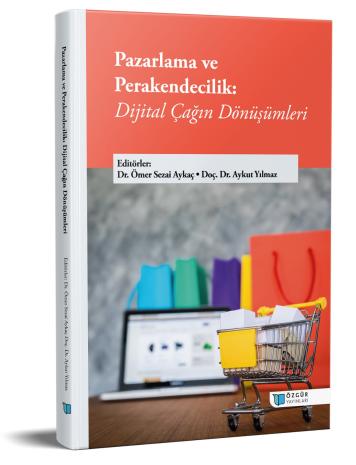
Customer Experience and Retail Design
Chapter from the book:
Aykaç,
Ö.
S.
&
Yılmaz,
A.
(eds.)
2024.
Marketing and Retailing: Transformations of the Digital Age.
Synopsis
This study emphasizes how dynamic changes in the marketing world and technological advancements have driven businesses toward customer-centric digitalization strategies. In today’s environment, where traditional marketing methods are rapidly being replaced by digital channels, adopting a strategy based on customer satisfaction has become essential for businesses to achieve a competitive advantage.
In this context, customer journey maps allow businesses to visualize their customers’ interaction processes with the brand, enabling them to offer more effective experiences. During the experience creation process, data obtained from customer journey maps enriches the experience provided. Additionally, the physical and psychological components of the retail environment are examined for their effects on customer experience. In this regard, elements of store atmosphere—such as color, music, scent, layout, and technology integration—play a crucial role in positively influencing customers’ perceptions within the store.
The aim of this section is to theoretically discuss that creating a successful customer-focused marketing strategy requires integrating customer journey maps, psychological factors in the retail environment, and in-store experience design, thereby contributing to the literature in this field.

